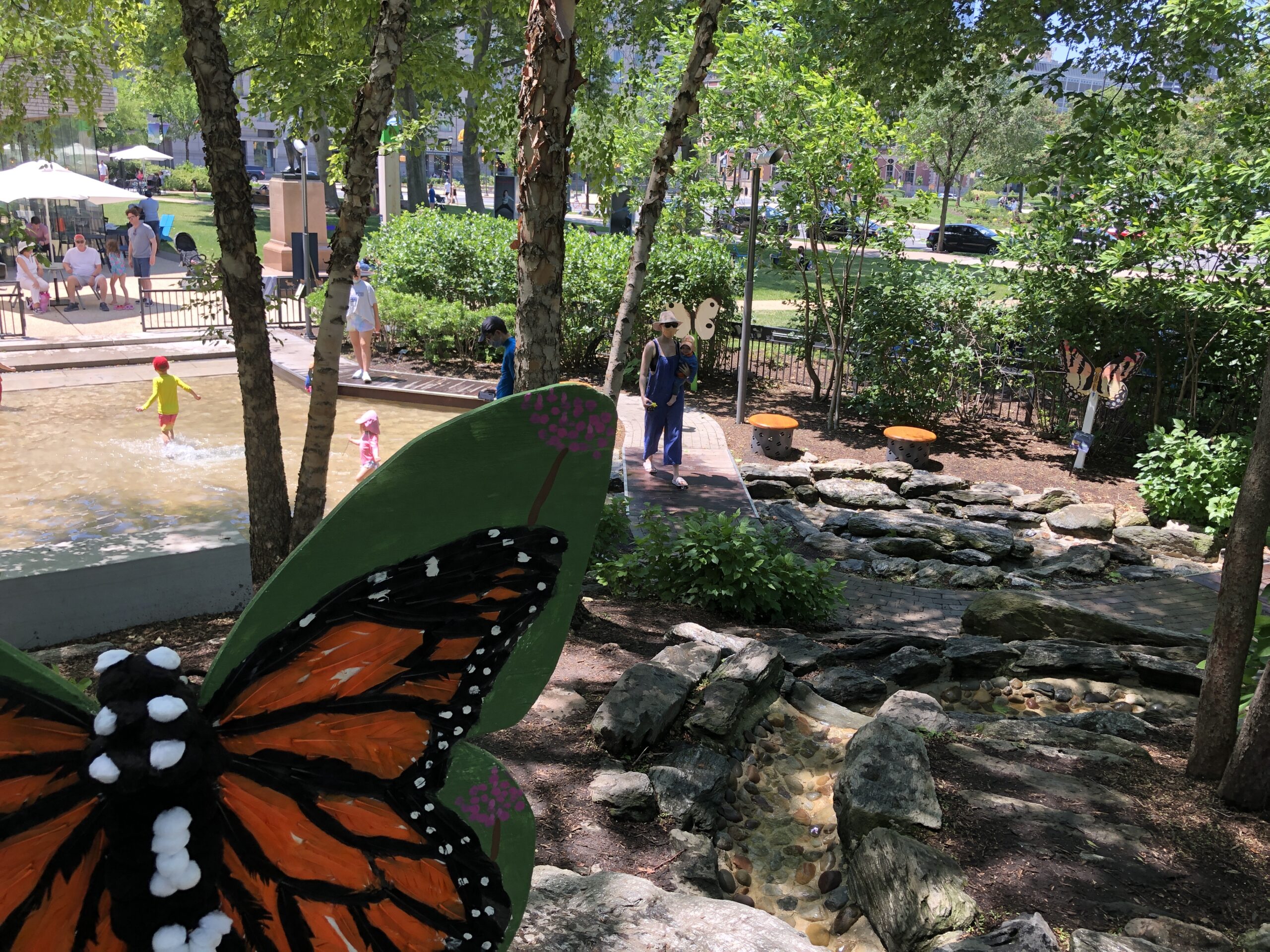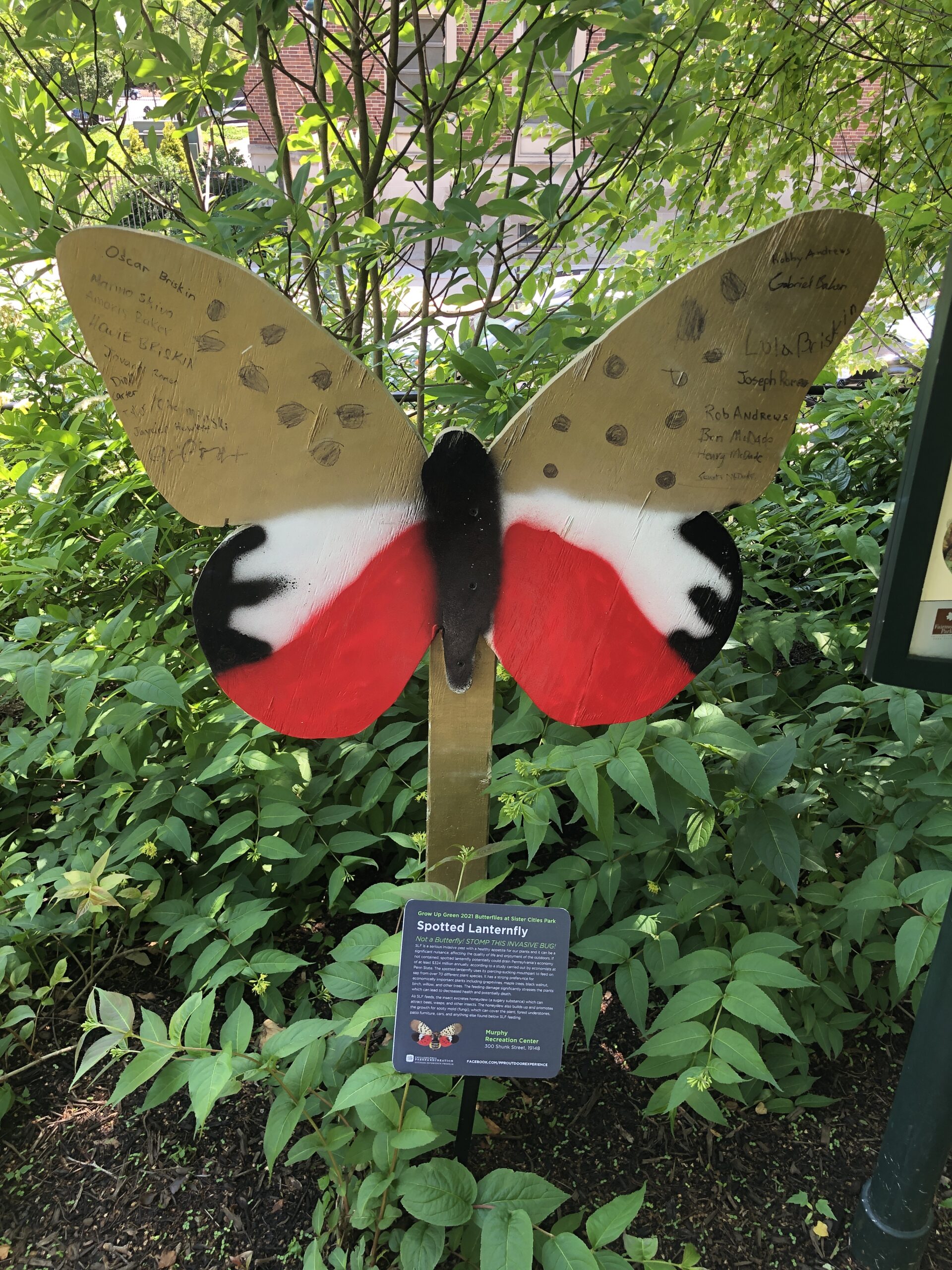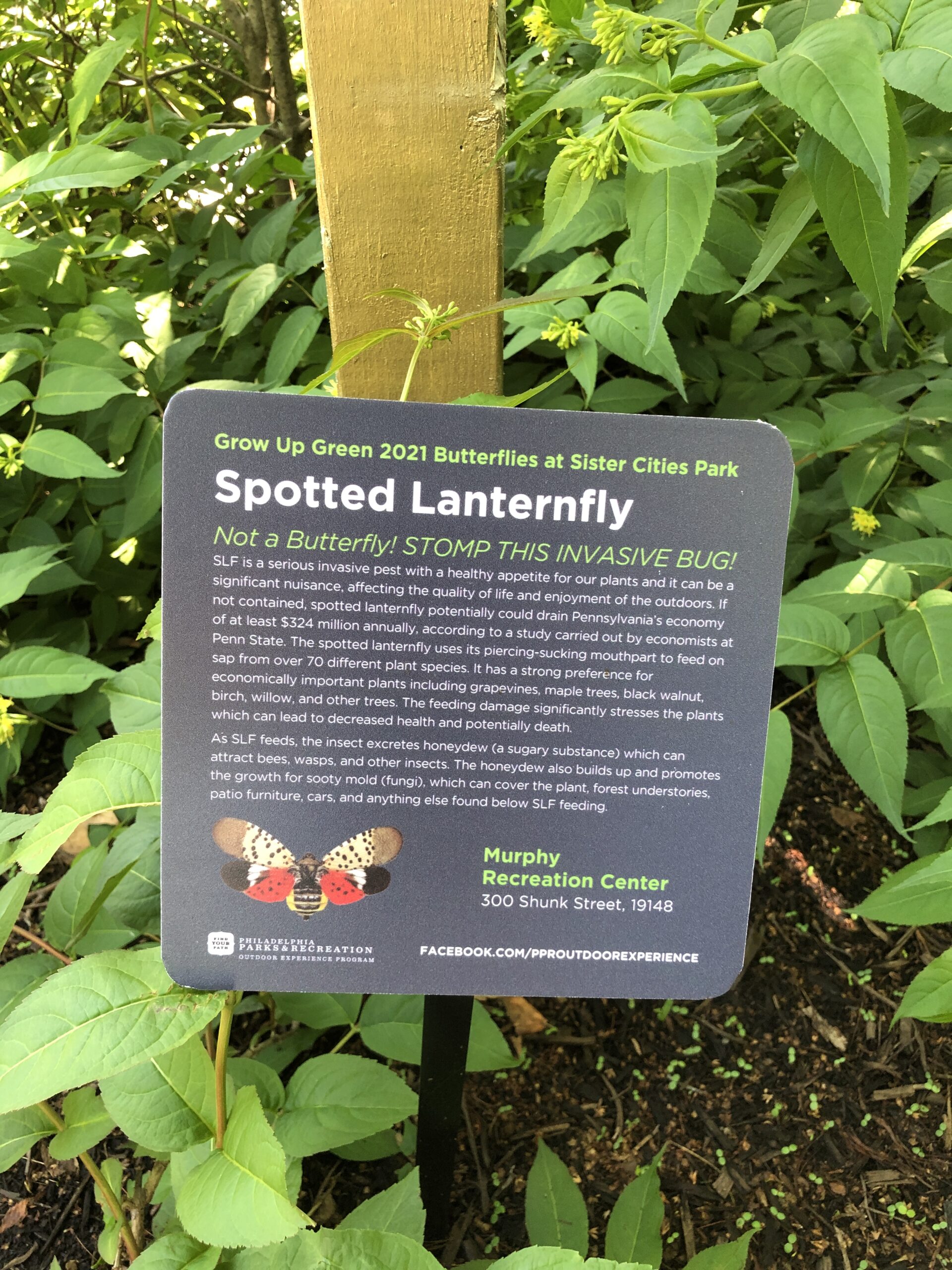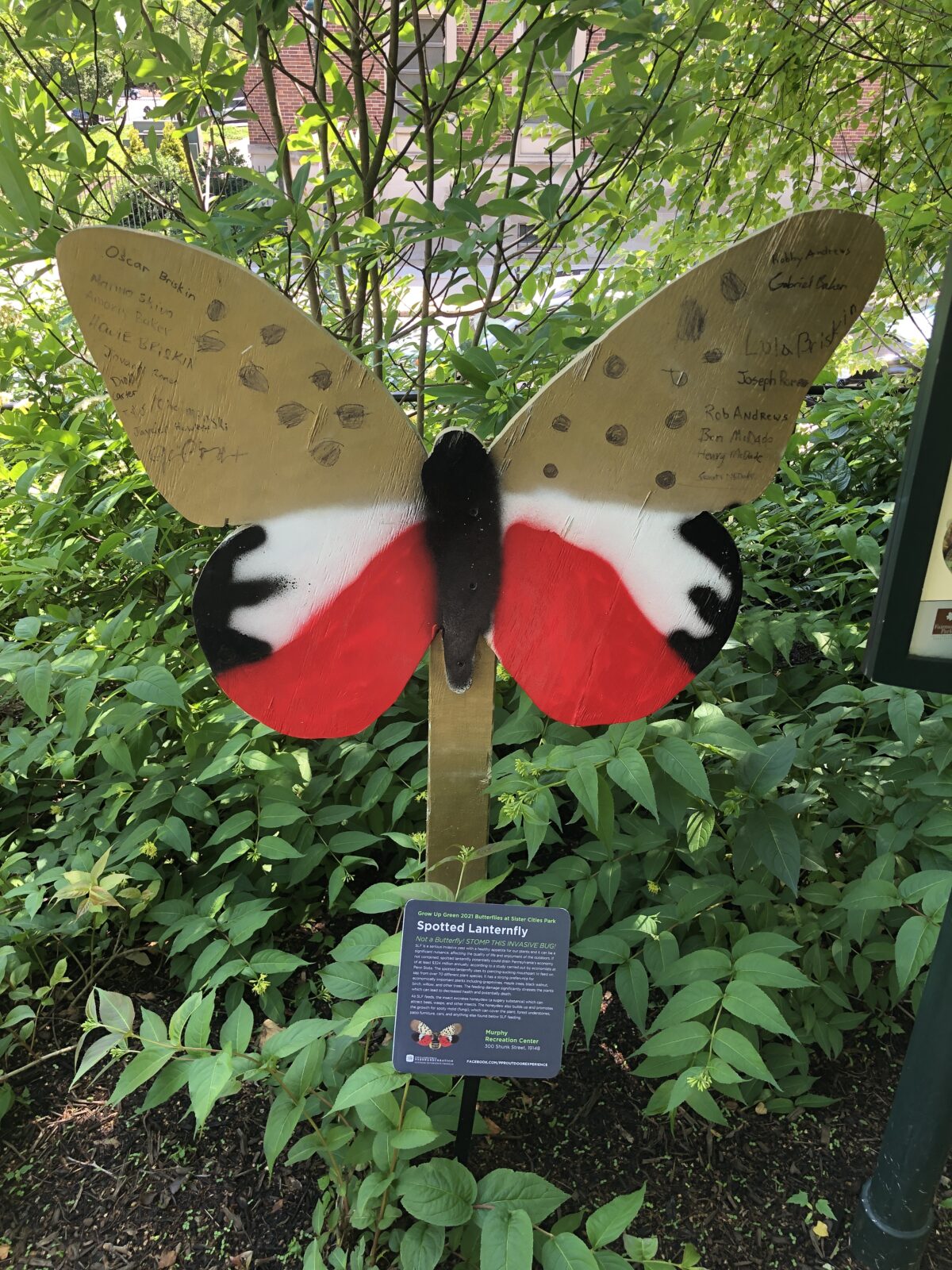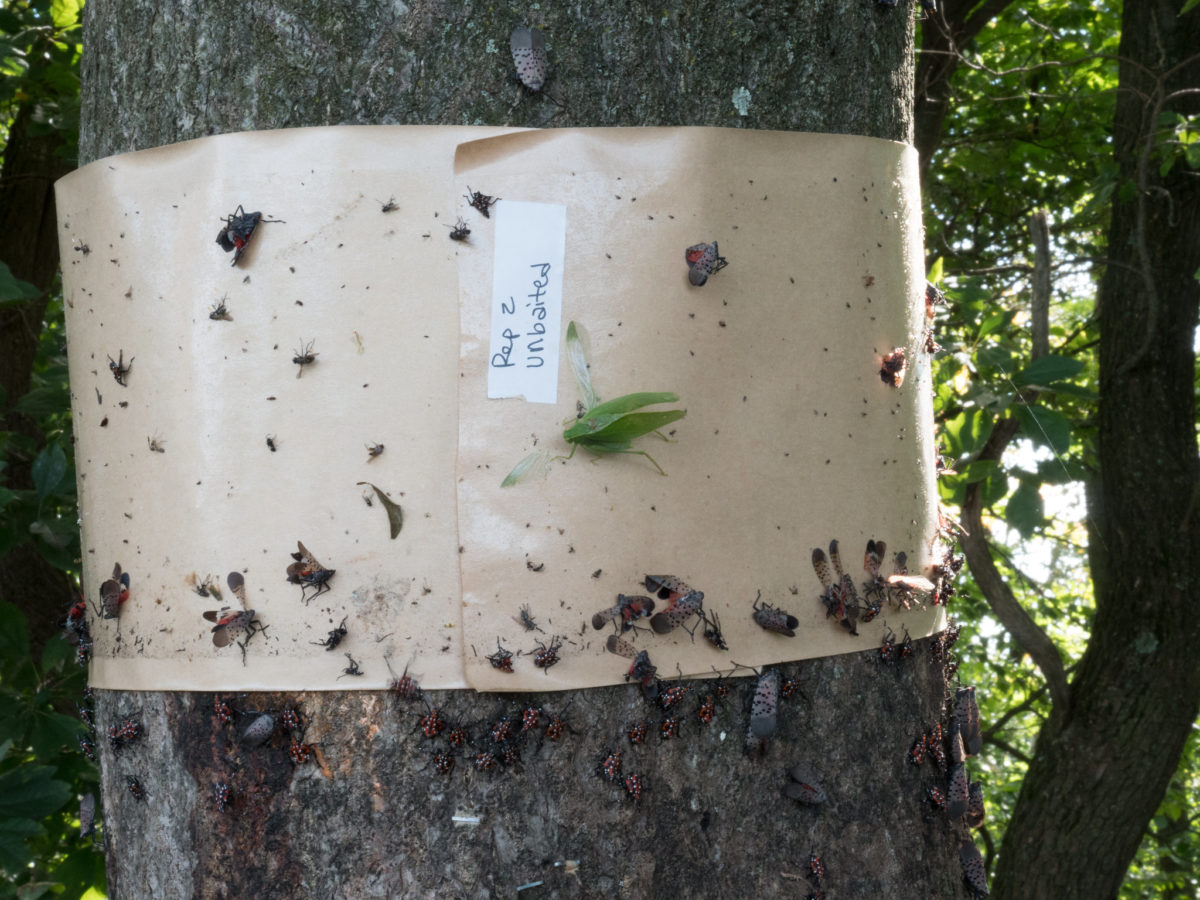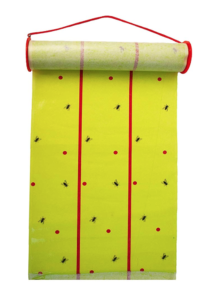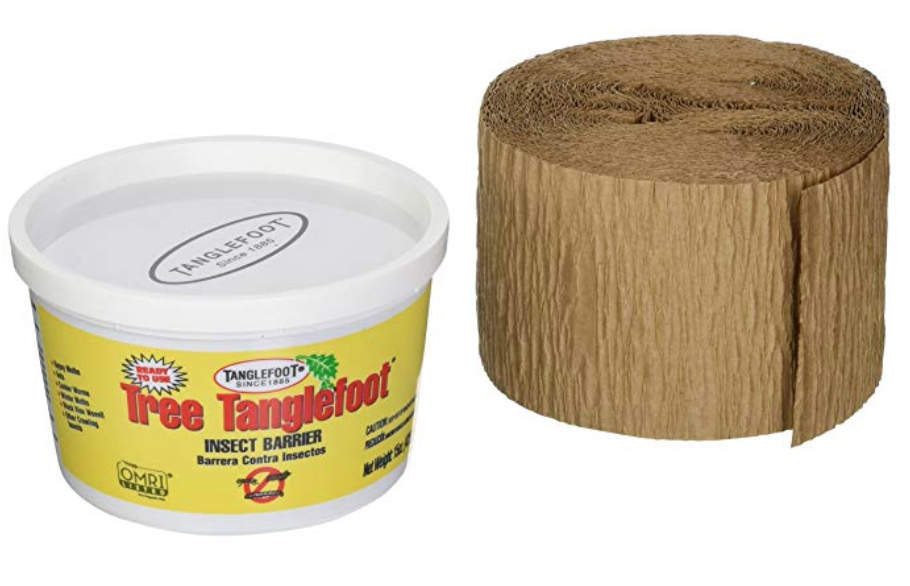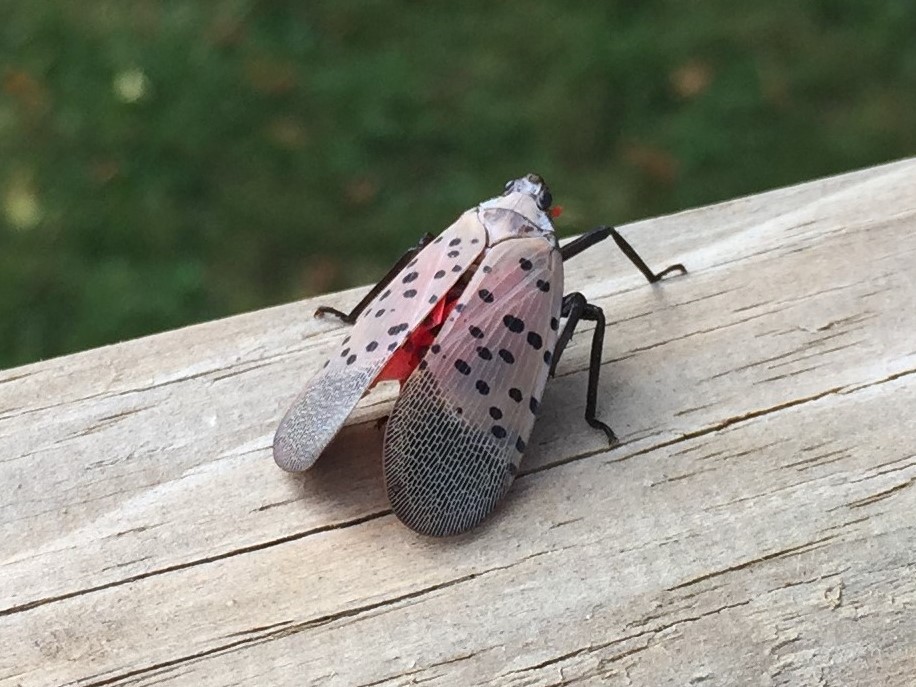When a species invades an ecosystem, it usually means trouble. Ecosystems are a complex web of species that feed off each other in a balanced manner. This delicate balance can very easily be disrupted by the introduction of a foreign species into the ecosystem.
This is the reason transporting living non-native species of animals or even birds into different ecosystem is extremely harmful for the balance of the food web. With no natural predators to keep the invader species in check, they tend to reproduce rapidly and damage the delicate ecosystem.
An example of such an invader is the spotted lanternfly.
What are spotted lanternflies?
These are essentially insects that are native to Asia, Australia, Africa, and South America. They are plant feeders. They use their sharp beaks to suck the juices from stems and leaves.
In their native continent of Asia, they are eaten by birds and small mammalian predators. This keeps their population in check and reduces the damage they cause. The Ailanthus, a tree that is very widely exported around the world, is the insect’s preferred host tree for egg laying.
It is possible that these insects were brought to the United States via trade of the Ailanthus tree.
Why they are bad for us
Without natural predators to control their population, these insects are spreading like wildfire. They are growing in numbers and becoming harder to contain. They attack crops and produce, causing huge losses to farmers.
When this species invaded Korea in 2004, it ended up spreading to the entire country and hitting their extensive peach tree orchards hard, causing immense damage to the industry.
These insects were first found near Philadelphia, PA in 2014. State and Federal authorities, quickly swung into action, realizing the potential harm to Pennsylvania’s fruit and timber industry. Checkpoints were set up at county borders to ensure no spotted lanternflies were hitching a ride. So far, the USDA alone has spent nearly $18 million to try to contain the threat.
The invader, however, has proven to be a huge problem. By 2018, most of south eastern Pennsylvania was infested. They had even spread to surrounding areas like Virginia, Maryland, Delaware, New Jersey, and New York.
What efforts are being taken to control the infestation?
Despite the checkpoints and quarantined regions and other such precautions being taken, these insects have spread exponentially. To fight this, wildlife officials are examining a tiny parasitic wasp, Anastatus orientalis, which kills a huge number of the spotted lanternfly’s eggs and nymphs in its native country China.
Studies are being made to see if they can be introduced to the American wilderness without causing harm to native North American wildlife. Another option being studied is the removal of the Ailanthus trees that the lanternflies prefer to lay eggs on.
So what should one do on spotting one?
These insects are harmful to the environment as they are an invasive species. They also cause damage to crops and thus, affect the economy. So, the Pennsylvania Department of Agriculture recommends destroying their eggs by scraping them off the tree trunks on which they are laid. The department also suggests exterminating nymphs and adult lanternflies by setting sticky traps on the base of trees and using pesticides.
Ultimately, we need to take the offensive against these invaders otherwise America will suffer.

